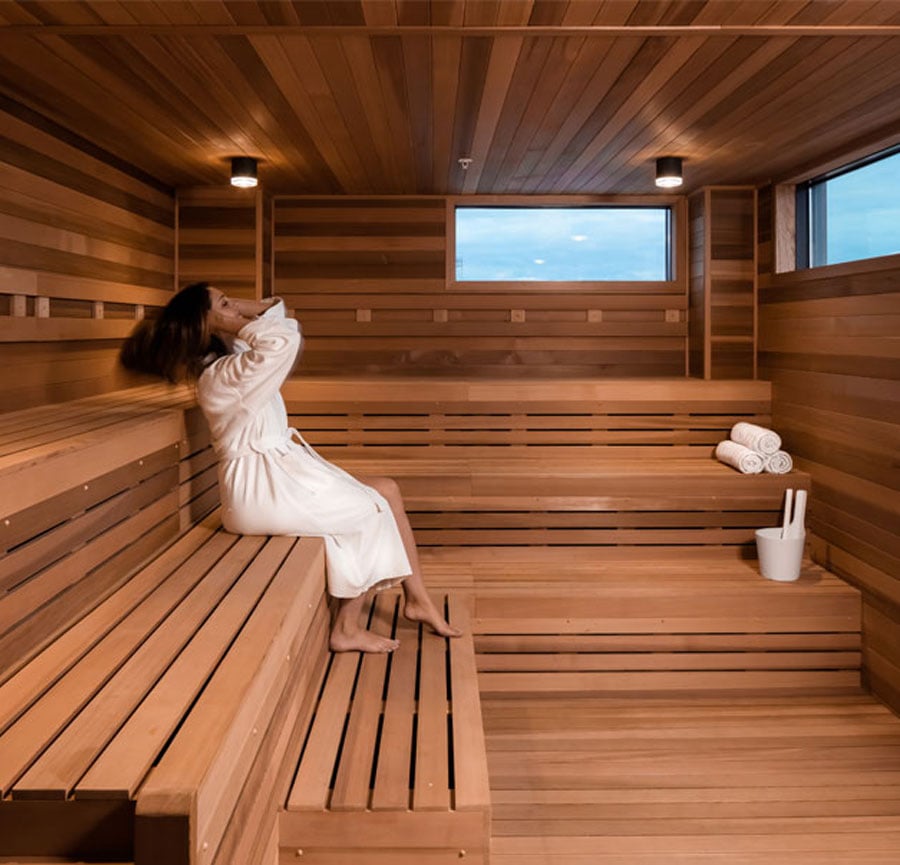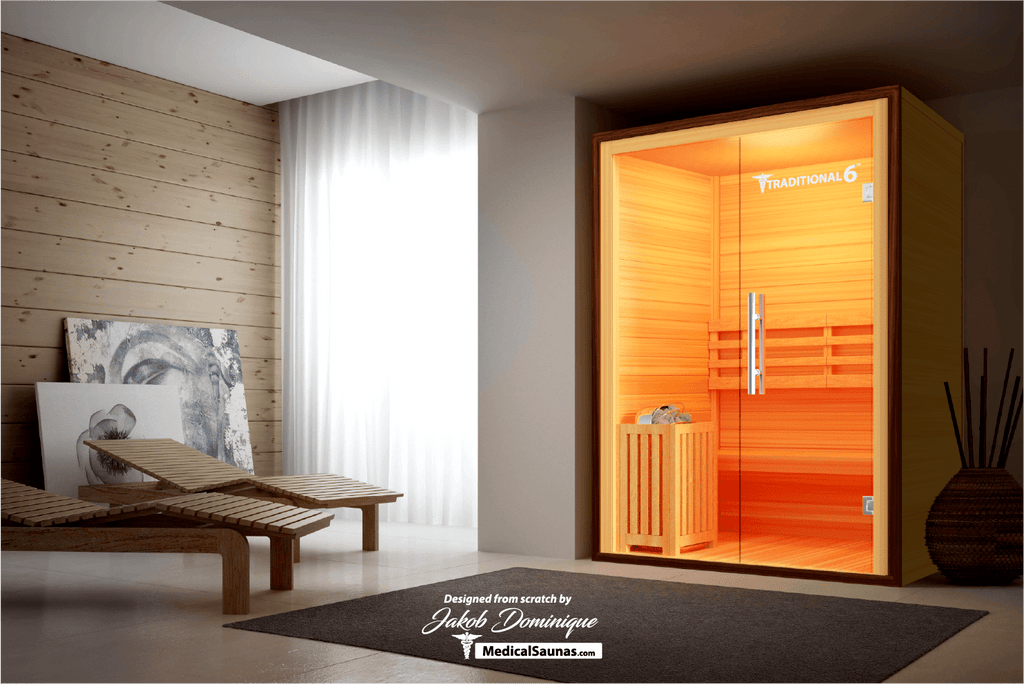Traditional Sauna - An Overview
Table of ContentsGetting The Traditional Sauna To WorkThe 5-Minute Rule for Traditional SaunaThe Single Strategy To Use For Traditional SaunaFascination About Traditional Sauna
A lot of the weight shed in a sauna is water loss and is re-gained upon rehydrating. Nonetheless, undoubtedly sauna can be an integral part of a healthy and balanced weight management program. To consider the distinctions between conventional and IR saunas, I will certainly divide these right into proven, theoretical, and produced distinctions.Therefore, the best factor in the saunawhich is at the ceiling directly over the sauna heateris typically in between 185 and 190 F. Traditional Sauna. Claims that a traditional sauna goes beyond 200 F is merely not real and not relevant for electric saunas sold in the US. The temperature level for a far-infrared sauna is generally established between 120 and 140 F; however, unlike the traditional sauna, the objective in and IR room is not to attain a high temperature level
Since of this, the temperature level distinction is practically unnecessary, considering that profuse sweating causes both sauna types, but the method of warming the body is different. In an IR sauna the bather will certainly feel warm and will sweat profusely, but at a lot lower temperature levels. Hence, if the objective is to spend longer amount of times in the sauna, the IR sauna is an excellent option.

Getting My Traditional Sauna To Work
When the high temperature level is achieved, the elements cycle on and off to maintain the high temperature. Many typical sauna customers appreciate putting water over the rocks to develop vapor to increase sauna humidity degrees. The benefits of pouring water over the rocks consist of: making the area extra comfy, dampening the nasal flows, and enabling the use of aromatherapy by mixing vital oils with the water.
In a far-infrared sauna, the warm front permeate the body to properly heat the body and elevate the body core temperature. To attain this boosted temperature, Far-infrared emitters produce infrared energy which is close to the exact same wavelength as that which the body naturally emitsoften referred to as the "Vital Range" of 7 to 14 microns), so the power is well obtained by the body.
When the power enters the body, it triggers the body temperature to enhance and ultimately causes sweat. In an infrared sauna it is very important for the emitters/heaters to continue to be on nearly regularly. Given that there is no mass of rocks to preserve warmth, the sauna will certainly cool if the emitters turned off.
As pointed out see page above, the sauna bather in an infrared room wishes to position himself in front of running emitters to get maximum advantage from the warm. The heating time for the two areas can be really various, depending on just how the rooms are made use of. For a traditional sauna, a bather ought to allow 30-40 mins for the room to attain a wanted temperature level and to correctly pre-heat the rocks.
5 Easy Facts About Traditional Sauna Described
A well built sauna will commonly achieve a temperature of 150-160 F in concerning 30-40 minutes. For hotter temperatures, the room may need to warmth for a longer duration.
To some, 15 mins was "wasted" while the infrared energy heated up the timber panels instead of heating a body, while others locate a pre-heated space to be much more comfy and believe an elevated starting temperature level is necessary to begin sweating. The length of recommended usage for each area is approximately the same (10-15 minutes per session); however, as a result of the reduced air temperature levels and the capacity to really feel the effects of infrared warm quicker than a typical sauna, it is not unusual for an individual to invest a total of 20-30 mins in an infrared sauna.
Standard saunas have a tendency to be larger (therefore make use of even more power) than infrared saunas, although typical saunas are definitely offered in one and two person dimensions too. For a two-person conventional sauna, 5x6 or 5x7 website link size is most preferred. The top bench can easily seat two or 3 people and is also long enough to exist down throughout the sauna session.


The ordinary expense per kWH of electricity in the united state is approximately $0.11, so a 4.5 kW heating system will set you back roughly $.50 to compete one hour, if the heater see this runs continually for one hour. Commonly a sauna heater will certainly compete 75% of the very first hour and 50% of succeeding hours on because the elements cycle once the established temperature level is attained.
Not known Incorrect Statements About Traditional Sauna
A 2 individual far-infrared room is typically physically smaller than a traditional sauna, usually about 4' x 4' or smaller. The IR furnace is generally 1.5-1.7 kW making use of a 120 volt 15 amp plug-in solution. Since the room can be used sooner than a sauna space, we will presume the space is utilized for to of an hour including warmth up time.
Ultimately, there is a hardly ever reviewed distinction in the social experience in between the 2 areas. While our culture has shed several of the social benefit of the traditional sauna experience, it can be really socially fulfilling. From family members time in the sauna, to heart-felt conversations with better halves, to sauna partiesthe conventional sauna experience can result in intimate socializing.
The majority of higher end infrared areas consist of colored light treatment, noise systems and full-glass fronts.
Comments on “Traditional Sauna Fundamentals Explained”